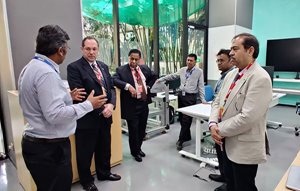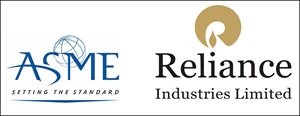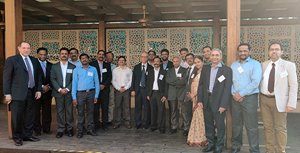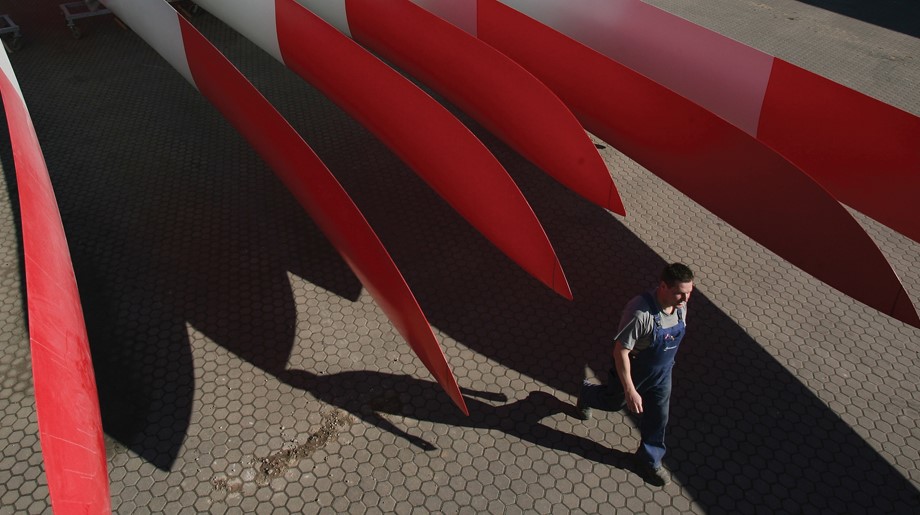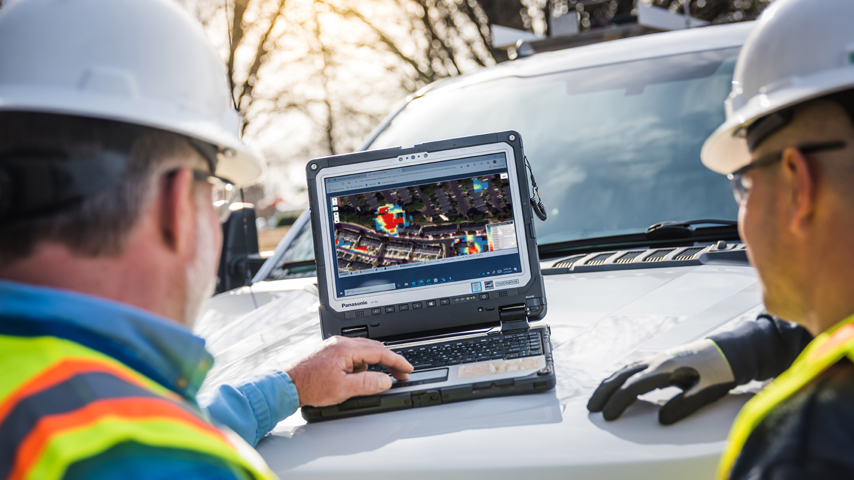ASME Delegation Meets with Key Stakeholders in India
ASME Delegation Meets with Key Stakeholders in India
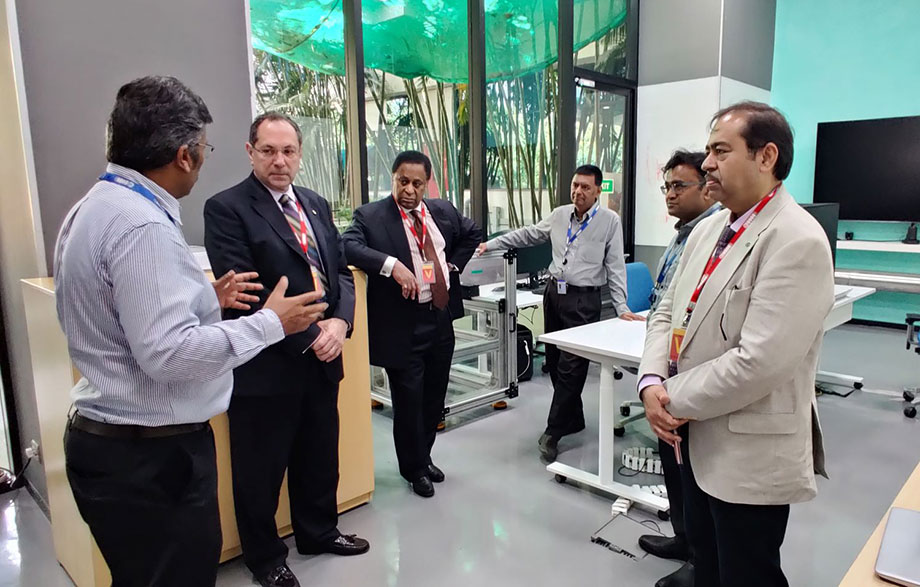

Understanding the importance of India’s major role in furthering ASME’s global expansion and revenue opportunities, ASME Executive Director/CEO Tom Costabile recently led a series of meetings with industry, government and volunteer stakeholders in India. Joined by Michael Johnson, chief strategy officer, and Madhukar Sharma, director of ASME India Pvt. Ltd., Costabile visited New Delhi, Bangalore, and Mumbai in late February to strengthen ASME’s presence in the world’s fifth largest economy.
The ASME delegation first met with high-level Siemens representatives, primarily from the gas and power sector. Siemens employs 40,000 people in India, 4,000 of whom are engineers in this sector. A presentation on ASME’s footprint in India — covering its reach in Standards & Certification, Learning & Development, student programs including ASME Engineering Festivals® and ASME EFx® events, and conferences — underscored opportunities for further ASME-Siemens partnerships. Just last month, Barbara Humpton, Siemens USA CEO, announced an “Innovate for Impact” design challenge — a cutting-edge initiative shared by Siemens and Engineering for Change (E4C).
ASME then visited the Petroleum and Natural Gas Regulatory Board (PNGRB), the Indian government’s petroleum/natural gas market, distribution, and infrastructure regulator. The PNGRB chairman, D.K. Sarraf, emphasized the strategic importance of gas infrastructure development in India, noting the 2030 goal to transform Indian life by reaching 70 percent of the population, compared to today’s reach of 17 percent. Challenges include critical shortages in qualified personnel for engineering, construction, operation, and maintenance of city gas distribution networks. To that end, ASME and PNGRB are exploring meaningful partnerships aimed at addressing this urgent skills gap.
In Bangalore — dubbed the “Silicon Valley of India” — Costabile, Johnson and Sharma visited the GE Jack Welch Technology Centre, meeting with executive leadership from GE Aviation, Inspection, Power, and Research. The group discussed collaborative opportunities in engineering education, technology-based research, and “hackathons,” among other topics. GE workers also guided the ASME delegation through their state-of-the-art labs, featuring groundbreaking additive manufacturing and robotics technologies. In Bangalore, Costabile and the delegation also met with ASME volunteers who are leaders in additive manufacturing and ASME’s International Gas Turbine Institute (IGTI) India group.
Finally in Mumbai, Costabile signed a memorandum of understanding (MOU) with Reliance Industries, the largest publicly traded company in India that operates across the energy, petrochemical, retail, and telecommunications sectors. The MOU, specifically tailored to Reliance’s Oil & Gas Refinement and Petrochemicals Business Group, addresses services related to improving supplier quality and ASME Conformity Assessment (CA) programs. Product improvement to transform CA programming in India was at the heart of the ASME-Reliance discussions, as ASME seeks to implement world-class manufacturing practices into Reliance suppliers’ production systems.
Costabile also hosted a high-tea reception in Mumbai with key volunteers from the ASME Pipeline System Division (PSD) India Group and from ASME’s international working groups (IWGs) in India. PSD representatives included N. Bosebabu (executive committee, PSD-Houston), S. Jayachandran (chair, PSD-India; chair, IWG B31.8), and K.B. Singh (vice chair, PSD-India). Other IWG chairs formally introduced themselves on stage and had the opportunity to network with other groups. There are currently eight IWGs in India, focused on pressure technology, nuclear safety, and standardization and testing.
Costabile thanked all the volunteers for their passion and commitment toward the “noble cause of helping to keep ASME standards relevant and safe.” Costabile also reiterated the importance of ASME’s knowledge-sharing platforms for professional development — a major opportunity in India especially.
Back in U.S. at ASME’s Group Leadership Development Conference in Henderson, Nev., Costabile sent his regards virtually to the ASME E-Fest Asia Pacific in Rajkot, Gujarat at Marwadi University. The fourth E-Fest to be held in India, this event was the biggest yet with more than 1,600 participants, including 170 teams competing in eight competitions from over 60 engineering universities. To an ecstatic and boisterous 1,000-person audience, Costabile announced at the end of the three-day festival that the next E-Fest will take place at Chandigarh University in mid-March 2021.
If you have any questions on ASME’s India operations, please feel free to contact Aaron Weinerman, manager, Global Public Affairs, at WeinermanA@asme.org.

